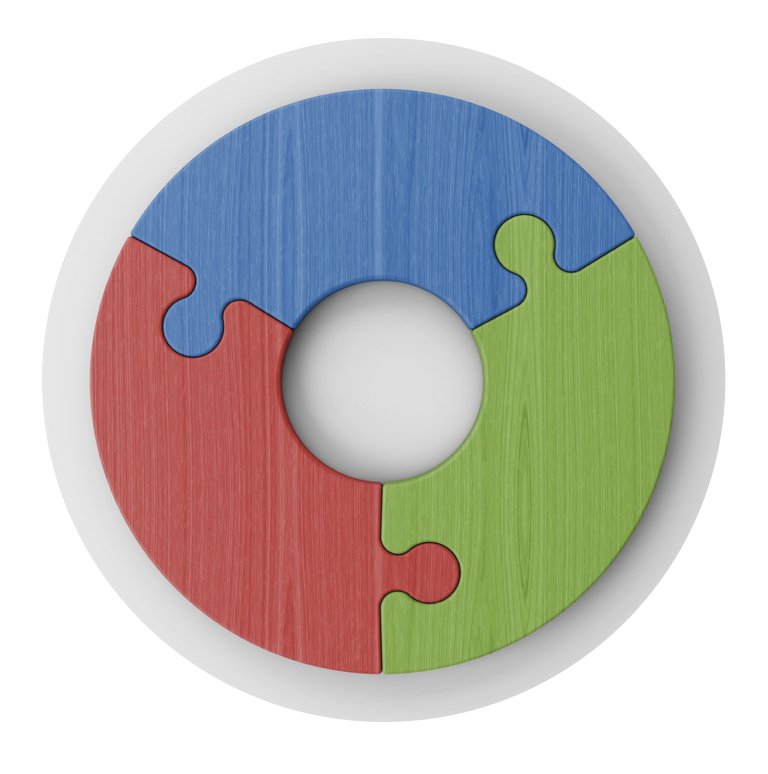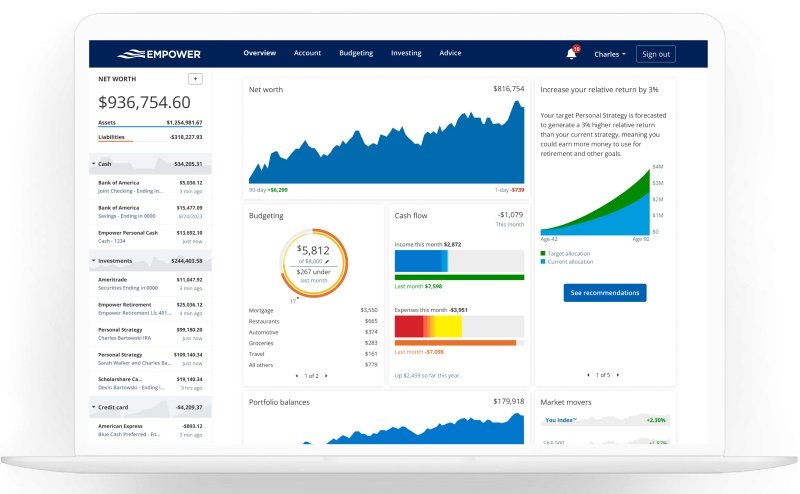2025 and Your Tax Rate — it’s not one rate
Freelancers! We’re going to shred those rates with our i401k.
The ‘don’t blame me’ blurb: I am not a financial advisor, portfolio manager, or accountant. This is not tax or investment advice; it’s information to get you going. Please consult your trusty professional and do your due diligence. Carry-on!
Updated Jan 22, 2025
How personal tax rates work - it’s not one rate
Many people believe that once your income reaches a higher tax bracket, all of your income gets taxed at that higher rate. This isn’t the case.
Instead, the tax system works like a staircase. Each "step" represents a different tax bracket with its own rate. As your income increases, only the portion that falls within each bracket gets taxed at that bracket's rate.
How Progressive Taxation Works
Your income is divided into chunks, and each chunk is taxed at a different rate. The tax rate that applies to your last dollar earned is called your marginal tax rate.
Example: $110,000 Annual Income
If you earn $110,000 per year, you don't pay 24% on the entire amount. Instead:
The first portion of your income is taxed at lower rates (10%, 12%, 22%)
Only the income above $103,350 is taxed at 24%
In this case, just $6,650 of your total income ($110,000 - $103,350) is taxed at the highest 24% rate. This is known as your marginal tax rate.
This progressive system means that earning more money never results in taking home less money overall, even when you move into a higher tax bracket.
Table by ‘freak in the sheets’ Lacy Kilraine. By that I mean spreadsheets, as in Excel.
So what’s your overall tax rate?
This is known as your effective tax rate. It is the average tax rate you have paid on your income when you add all the tax from each bracket.
How does contributing to your i401k lower your taxes?
When you contribute to a pre-tax i401k, you're essentially removing income from your highest tax bracket. Think of it as "cutting off the top of the cake"—you're taking money that would be taxed at your highest rate and sheltering it from taxes entirely.
Take a look at the section on the i401k here if you haven’t started one.
In the $110,000 income example, putting $20,000 into your i401k results in your taxable income becoming $90,000. So now:
You’re not getting taxed on the $6,650 that was in the 24% bracket. A saving of $1,596 in tax.
The remaining $13,350 that went in to the i401k avoids the 22% tax rate. This saves you $2,937 in tax.
When you start to withdraw the i401k funds in 20-30 years
The entire $20,000 is invested in the i401k until you start withdrawing it in retirement. It sits in the account and grows at 7-8% annually, untouched by the taxman.
You do pay tax on it in 20-30 years when you begin to withdraw it.
You'll Pay Taxes Later at Lower Rates: When you withdraw the money in retirement, but most people earn less in retirement than during their working years. This means your withdrawals will likely fall into lower tax brackets, reducing your overall tax burden.
The Compound Growth Advantage: The real power lies in tax-free compound growth. Your full $20,000 contribution grows untaxed year after year. Here's what that means:
$20,000 growing at 7% for 25 years becomes $108,548
Contributing $20,000 annually for 25 years results in $1.4 million
That's $1.4 million earned through nothing more than consistent contributions and letting compound interest work its magic.
Read the post here on how much you can spend from those funds every year in chill-tirement.
Have a play with the compound interest calculator below. Try changing the amounts and years. Set the rate to interest rate to 7% then try 8%. That’s what our Three-Fund Portfolio should make over the long term.
Terms to stick in the memory bank
Marginal Tax Rate: The tax rate you pay on the last and highest part of your income
Effective Tax Rate: The average tax rate you pay on your entire income.
The i401k is your get-rich slow tool for life as a freelancer or single-person business. Read the guide. Start that sucker now!























